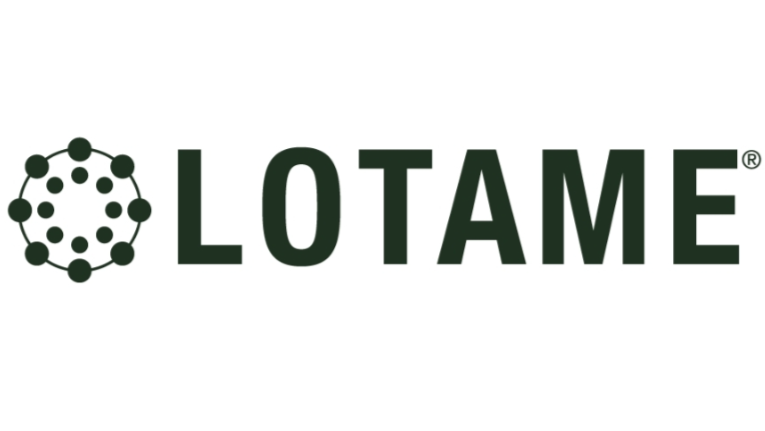Lotame Adopts Unified ID 2.0 To Bolster CTV Business
Company adopts ‘best of both worlds’ strategy for identifying consumers without cookies

Lotame, a global customer data provider, said it has adopted the Unified ID 2.0, the identity technology pioneered by The Trade Desk, which will help it grow its connected TV business.
With cookies becoming less reliable in identifying customers, the industry is looking for other ways to target ads.

“In the face of cookie depreciation, everybody’s worried about decreased monetization for ad supported publisher content,” Eli Heath, head of identity at Lotame told Broadcasting+Cable. “UID is a great option in the market.”
At the same time, ad spending on CTV has been growing and CTV has never been targeted using cookies.
“We had to solve the cookieless problem for CTV because CTV is attractive from a video investment perspective,” Heath said. “Obviously, it’s a catalyst.”
CTV is premium content, almost entirely viewable and addressable.
“If you’re a brand that’s really the place to be and because of the access to programmatic pricing dynamics have really decreased,” he said. “Traditional TV was far too expansive for many brands and you couldn’t be nimble with audience-based targeting.”
The smarter way to stay on top of broadcasting and cable industry. Sign up below
Using UID will make it easier for customers who use Lotame audiences to buy CTV through The Trade Desk, a leading demand-side platform.
“We have a really close relationship with The Trade Desk and a lot of our agency buyers and independent marketers that look to Lotame use The Trade Desk as their primary and preferred buying platform,” Heath said.
Lotame launched its own probabilistic identity system, Panorama ID, in 2020, based on IP addresses and other information gleaned from browser activity. The company plans to offer both Panorama and UID 2.0 to customers. (UID is deterministic, based largely on the email addresses of website and app users.)
“It’s a ‘best of both worlds’ strategy for our buyers,” Heath said. “It’s more complicated and more costly to manage the distribution of all these IDs, but that’s how we hedge our bets against a single ID. A winner hasn’t emerged yet.”
Lotame’s marketplace has customer data ranging from precise age and gender information to shopping behavior. Many clients ask Lotame to use its data to create custom audiences. For example, it can identify women who have bought yoga mats and gone to Sweetgreen in the past 30 days to build a soccer-mom persona, Heath said.
“With third-party cookie deprecation happening this year, every advertiser needs an identity strategy,” Jay Goebel, VP of data partnerships at The Trade Desk, said. “It’s companies like Lotame who are helping to ensure the future of the open internet by adopting Unified ID 2.0 to give advertisers the power to make better data-driven decisions in their media campaigns.
“The majority of inventory is email authenticated across the CTV landscape, making audiences highly addressable,” Heath added. “By 2025, consumers will spend over two hours per day watching CTV content, more than double the time spent on desktop. This UID2 integration equips our clients with the tools to evolve with consumers and reach them effectively.”
Jon has been business editor of Broadcasting+Cable since 2010. He focuses on revenue-generating activities, including advertising and distribution, as well as executive intrigue and merger and acquisition activity. Just about any story is fair game, if a dollar sign can make its way into the article. Before B+C, Jon covered the industry for TVWeek, Cable World, Electronic Media, Advertising Age and The New York Post. A native New Yorker, Jon is hiding in plain sight in the suburbs of Chicago.

